Blond: choice of shade, staining techniques and subsequent care

Blondes have always been popular with the opposite sex. There is something about blonde hair that draws heightened attention to its owners. The article will discuss how to choose a blond shade, what dyeing techniques are popular today, and what the subsequent hair care should be.
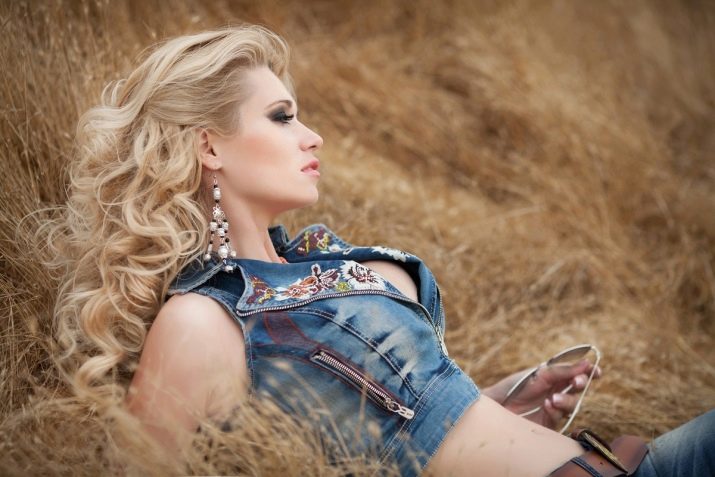





Color features
Whereas previously it was only possible to bleach hair with hydrogen peroxide, actually burning it out, today's generation of clarifiers provides endless possibilities for coloring.
Fashion trends in blonde change every season. A few years ago, the shade of strawberry appeared, instantly gaining insane popularity. Wine blonde, vanilla and smoky blonde are gaining momentum.
Staining techniques have also made great strides. Now the hair does not need to be tortured with the clarifiers of the previous generation, and for those who want to try on blond, but do not agree to total bleaching, a lot of methods of partial dyeing are offered - shatush, ombre, sombre, bronding and much more.






Bleached hair needs special care, because all the flaws are most clearly visible on them - dryness, damage, lack of shine, split ends.
And if by nature you did not get the strands of the color of wheat, and you want to have them, it is better to treat them, nourish them with useful substances, and only then go to the colorist. Before staining, you need to consult with the master about the most suitable staining technique for you, perhaps he will advise you to stop at partial staining.
After lightening, the hair can be tinted in various colors.
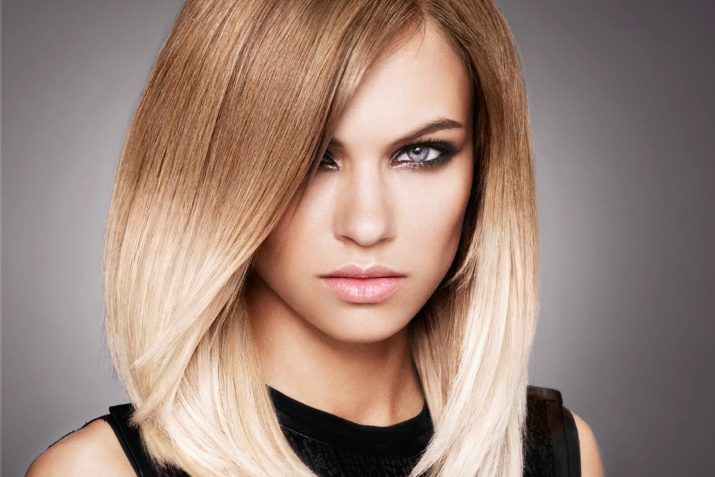





However, it should be remembered that in the process of discoloration, they are still exposed to oxidants that harm their structure. No other dye - chestnut, red or black - does so much harm to the strands.
That's why you should be ready for a long process of restoring hair after discoloration and careful care of it throughout the "blonde" period.

Advantages and disadvantages
There are many benefits to lightening hair. That is why so many women choose the "blonde" range for their hair.
- Blond hair is youthful. Due to the play of the sun and a huge number of shades, blond distracts attention from facial imperfections.
- The second plus follows from the first: the number of blonde tones exceeds 5 dozen, which makes it possible for any woman to choose her own, ideally suitable light shade.
- There are a lot of blonde dyeing techniques - both complete, where the entire head of hair is lightened, and partial, where only part of it undergoes discoloration. For those who are not ready to take the decisive step of complete "oblonding", there are many opportunities to change the image by playing with light strands, hair ends, color stretching and many other things.
- Partial hair lightening techniques add visual volume to the hair.


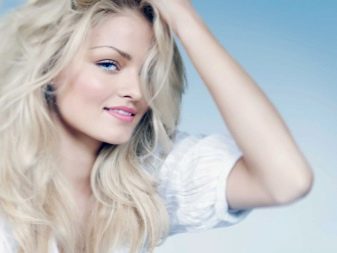

But there are also a few downsides.
- Lightening makes the hair porous and empty - this is due to the fact that oxidants act very aggressively, removing the natural color pigment. But this disadvantage can be leveled by carefully caring for the strands after dyeing. And methods of partial dyeing reduce the risks by acting with oxidants only on a part of the hair.
- The need to carefully care for bleached hair, from washing with specialized shampoos and ending with the need to avoid direct sunlight on the strands.
- Lightening can only be carried out on healthy hair. If your hair is damaged, dry, brittle, lightening will accentuate and aggravate all these imperfections. Therefore, before exposing the strands to lightening, it is necessary to cure them.
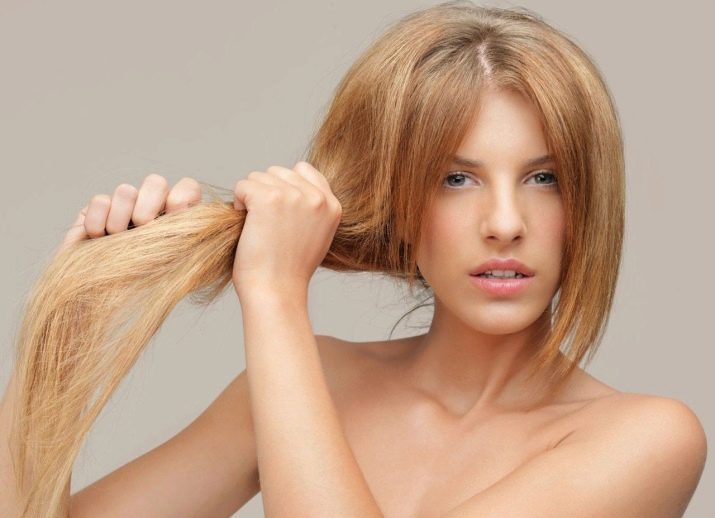
Who is it suitable for?
A correctly chosen shade of blond can beautify any woman. For example, tones such as beige, caramel, wheat, mocha or honey will suit girls with warm peach or olive skin and bright eyes.




As for the green-eyed beauties with alabaster skin, their tones are ash, creamy or milky blond, dusty strawberries, pearls and platinum.
There are tones in blonde tones that suit all women, without exception. First of all it is golden blond. Taken in slightly darker or lighter colors, it is truly versatile.



Palette of shades
The huge number of tones that can be used to lighten hair can significantly complicate the final choice. It is enough to look at the stand where hair dyes are located in any cosmetic store to understand that all tones are different, there are a lot of them, but you still want to figure it out.
So, the lightest shade of blond is white. There are quite a few tones of white - this is platinum, and gray, and pearls, and arctic, and ash. The lighter the shade, the more demanding it is on the face - the skin must be flawless. This applies primarily to the cold range of blond. Warm tones, on the other hand, hide skin imperfections.



Caramel, honey, peach shades are ideal to create a natural well-groomed hair, to give it visual volume through the play of light in the colored strands, to "highlight" the face.
Caramel is an excellent choice for those who are not ready for radical lightening, but want to "try on" the image of a blonde. Dark caramel will give the “chocolate blonde” shade that is found in the lines of many hair dye manufacturers.

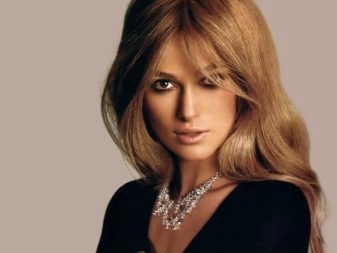

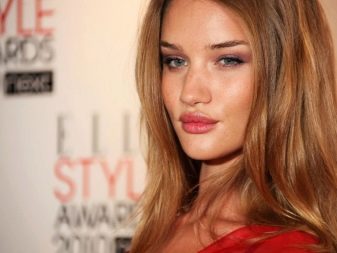
Wheat is a shade ideal for representatives of the autumn and spring color types, it looks very natural... The same girls will go with the strawberry blond, which has been so relevant in recent seasons. Warm, cozy and original at the same time, it makes its owner a truly bright and noticeable figure.
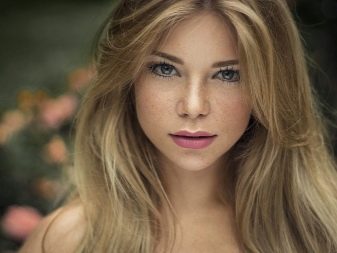



Pure blond will suit summer girls. It is neutral, but still more cold than warm. There are no golden inclusions in it, and there is no silver either.
Sandy is another versatile blonde shade, as it consists of cold and warm tones. The darker the girl's eyes, the darker and “cooler” the “sand” tone can be. Owners of bright blue or green eyes can add a little more "gold" to the sandy one.


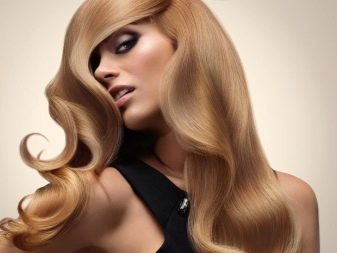

Beige is a very capricious tone, he strives to give out yellowness in the strands to its owner. Therefore, those who still wish to wear this rare and beautiful shade of blond will have to constantly use anti-yellow spot products.



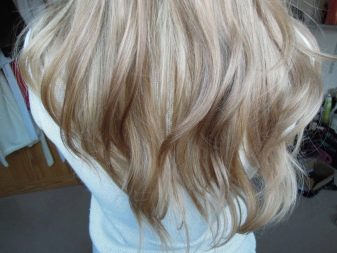
Dirty blond doesn't mean anything bad at all. This is a combination of lightened strands with light brown, chestnut, gray and other darker tones.
“Dirty” blondes are better for women with bright and expressive features and radiant skin.


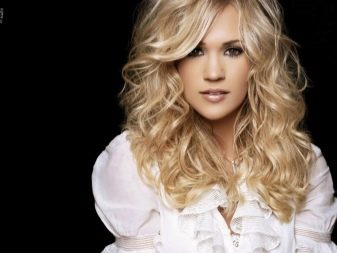

Mocha is a shade of a cold scale; a combination of only coffee and milk blonde is permissible in it. There should not be any amber reflections in the hair. The shade is quite universal, you just need to choose the right degree of its intensity. Sometimes this tone is called Belgian chocolate, but the chocolate is still darker.


Peach tones, taken in the right proportion, will decorate both a spring woman with a warm appearance and a cold summer color type.... Peach goes well with slightly tanned skin, further highlighting it.

Golden blond is truly luxurious. He makes his owner royally beautiful.
The play of golden highlights in the hair creates the effect of a truly lion's mane. Gold can be used in partial coloring or "total" - it is always beautiful.






Silver shades are no less beautiful... With light splashes of blue, purple, pink, they fill the strands with volume and movement. The owner of such hair will not go unnoticed!



Another versatile shade of blonde hair is delicate and refined creamy... It contains both the coldness of milk and the warmth of butter, so it is suitable for representatives of all color types.




One of the most popular shades in a couple of recent seasons is vanilla... He is, indeed, stunningly handsome, but also damn moody. Choosing "total" vanilla coloring, you will have to regularly visit your master colorist - at least once a month.


But in the intervals between visits, you will have to carefully take care of your hair.
Rapidly gaining popularity wine blond - a combination of chestnut, pink and pearl shades. Of course, they are not applied to each other, but to different strands, creating visual volume and a beautiful overall hair tone.

How to choose?
The basic rule to be followed when lightening hair: the final color should not be lighter than your original color by more than 4 tones. So it will look more natural, less damage will be done to the hair, and the growing roots will not look as sharp as with radical lightening.
As for the choice of cold or warm shades, there is a kind of a test called "silver or gold"... Its essence is to alternately try on a set of jewelry from each material and find out which one suits you best.

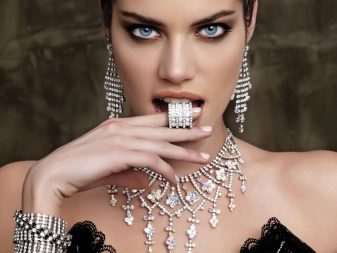
If silver, your gamut is cold blond, and if gold is warm.
When it comes to hair length, there is no limit. You can lighten the shortest, medium, and infinitely long strands. The same applies to haircuts: pixie, square, cascade, page - any of them will look great in a blonde.



Cold blond
The cold scale is characterized by tones without yellowness. These are white, and gray, and platinum, and pearl, and mother-of-pearl, and light blond shades. Today blonding in cold tones is very popular, but you need to understand that it will not beautify every woman. As for the Scandinavian, ice blonde, he will go to a very limited category of girls - with very light, even skin, light eyes and initially light hair.

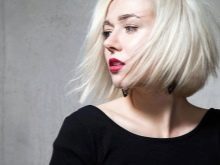

White shades - platinum, pearl, mother of pearl - are suitable for women with a contrasting appearance, as a rule, these are representatives of the winter color type. All the rest will be lost against the background of bleached strands. In addition, it must be remembered that it is the cold blond that is most picky about the quality of your skin: it will emphasize all defects on the face, all unevenness of tone, pimples, wrinkles and blemishes.


Therefore, only those whose skin is flawless can choose these shades. The same applies to the gray-haired and snowy blond.
Ashes and all of its subtones will adorn the representatives of the summer color type with their seemingly slightly powdered, dusty appearance. Summer women will not amaze with the brightness of contrasts, their eyes are dim, their skin has a gray tint, and even the freckles on their nose are not golden, as is typical for spring women or autumn young ladies, but grayish-brown, without redheads.

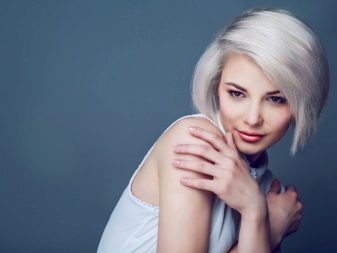
Warm blond
As for the warm palette of light shades - vanilla, caramel, strawberry, wheat and many others - they will decorate the representatives of such color types as spring and autumn, both in the form of complete coloring, and in the form of partial - ombre, sombre, Californian blonde or balayage.


Staining techniques
The world of bleached strands is huge, and there are a great many techniques for dyeing blonde. Let's start with the well-known ones who have held leading positions for a long time.
Ombre is a smooth transition from dark roots to lightened ends. The color should not change dramatically, otherwise it will be an unprofessional ombre. The blonde with dark roots, so popular for many seasons, "gathered" the first wave of fame in the ombre technique. Other names for this technique are gradient lightening or degrade.



Sombre - As the name suggests, this is a type of ombre, soft-ombre. In sombre, the color changes almost imperceptibly. The effect is achieved due to the fact that most of the hair is not dyed, and the lightening of randomly taken wide strands occurs by a maximum of one tone.

The mane looks absolutely natural, as if the sun had touched it a little.
Balayazh is a technique that spares the strands as much as possible when dyeing... Hair is dyed not along, but across the direction of their growth. The color transition border can be clearly marked, or it can be perfectly shaded. Looks best on hair below the shoulders and longer.



For bronzing, they choose not one or two, but three shades of paint that are close in tone. This is how the effect of naturalness, visual volume and color play is achieved. For bronzing, a chestnut base and shades of light are used. No other tones are provided, otherwise it will no longer be brond.


Shatush is a stretch of color with clearly defined transition lines. No spontaneous strokes are used in the shatush, each strand is colored the same. This technique looks very impressive, and the longer the hair, the prettier it looks.


New techniques that emerged a couple of seasons ago are rapidly gaining popularity. Grombre or "gray ombre" is built on ash tones. In thunder, steel, gray and dark gray shades can be used. Looks very impressive on hair of any length.


The nude technique assumes the maximum naturalness of coloring and, at the same time, the invisibility of the hair. Hair, as it were, makes up a single whole with the image, without drawing attention to itself.If the previous grombre technique makes its owner very noticeable precisely due to its provocative and bold appearance, then nude is as neutral and natural as possible. The hair ideally "fits" into the color type of its owner, making her a truly chic and well-groomed woman.
Interestingly, blond nude cannot be attributed to either cold or warm colors. He is completely neutral.

Flamboyant it was decided to name the technique in which the hair acquires the necessary "degree" of brightness, but remains natural. Flamboyance can be made both in blond and red shades. The undoubted plus of technology - hair looks thick and healthy.

For the strobing technique, it is imperative that the hair "reflects" the light. Performing lightening in this technique requires remarkable skill of the colorist, while there are no clear instructions: each client is considered individually, the selection of blonde tones and the location of the "flare" is chosen by the master, taking into account the characteristics of the client. With the right consideration of all the components, when the sun hits the colored strands, the effect is simply stunning.

Airtouch - staining technique that is most in demand today. It has many advantages:
- it can be worn for at least 3 months, and a maximum of a year;
- the smoothest transition of shades is with her;
- looks great on hair of any length and shape;
- performed on any color of hair.
This staining is very difficult and takes a long time - up to 9 hours.
The first technique for partial hair coloring is highlighting. Today it is in demand no less than other methods, however, in combination with other techniques, in particular, toning the strands. Highlighting itself, especially done in wide stripes on dark hair, has long gone out of fashion. However, taken in thin strands on naturally light hair, it is able to qualitatively hide the first gray hair.

Babylights - one of the subtypes of highlighting, the peculiarity of which is that not all hair is used for work, but about 1/3. Most of the "working" strands fall on the framing of the face. For lightening, a special scheme is used, as if the strands have burned out under the sun's rays. Lightening occurs no more than 2 tones, without being contrasting with respect to the bulk of the hair.
This is the main difference between this technique and highlighting.

American blond - another complex staining technique, in which a set of strands occurs very finely over the entire head. Often the work is performed by two masters, working, as they say, in four hands, and still the procedure takes at least 4 hours, and on long hair it can take 10!

California blond - a very effective technique of blonding, it looks just gorgeous, but due to its complexity it is one of the most expensive.

For Venetian highlights it is typical to paint with a brush directly on the hair. To create the effect of the play of the sun in a dark mane, they use a warm range of shades - from cognac to gold.

Coloring 3D - its principle is the same as for bronding, however, any base tone can be chosen. The result will be beautiful shades of color and visual volume of the hair.

For marble staining (in fact, a type of highlighting) is characterized by an alternation of thin light and dark strands. The name fully reflects the result of staining - the hair is similar to marble. This technique looks more modern on naturally light strands - light brown and lighter.
On brown-haired and brunettes, due to the sharp color transitions, this technique looks outdated.

For technology "Tiger's Eye" the use of a warm range of tones is characteristic. These are caramel, chestnut, cognac, copper and gold. All these tones can be combined for both balayage and ombre, as long as the result resembles a yellow tiger's eye.

Block staining is popular with teenagers. They often do it on their own, coloring individual parts of the hair. A combination of color blocks with an asymmetrical haircut is common. Most often, a blond or an unnatural shade is chosen for the "block": green, blue, pink, ash gray or another.
One of the types of block staining is hidden. The name implies that the location of the "block" is a part of the hair that is usually invisible to the eye: the back of the head or temple.
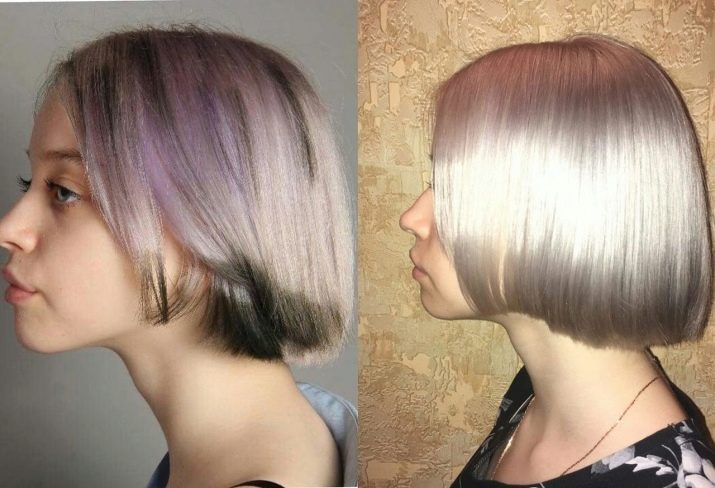
Technique-dyed hair "Pixel", are immediately noticeable: a unique pattern of squares is applied to the strands using a specially lined tablet. The picture can be one, or there can be several, perhaps hidden pixel coloring. It all depends on the wishes of the client.

Dim Out, Nirvana Blond or Smoky Blond - the names of one technique, meaning darkened roots and lightened ends. In addition to the fact that the hair colored in this technique does not require constant correction (with the exception of blondes who need not to lighten the ends, but to darken the roots), it also visually corrects a wide face, making it more oval.
Therefore, the blond smoky is very popular with chubby girls or those whose face shape is square.

Do not confuse this type of staining with the effect of regrown roots with a simple regrowth of a natural color, for which tinting was not used.
Blur - a technique in which 2 shades used for toning hair smoothly blend into one another... Toning occurs on blond-dyed hair, that is, pre-bleached. The blur technique is characterized by the use of pastel shades, dim.

Hair care after the procedure
Bleached hair requires very careful care, because it becomes porous and empty. Without appropriate measures, they lose their luster and look unkempt. To avoid this, you need to follow the rules.
- At least two weeks after dyeing in a cold blond, it is necessary to use a special line for caring for it (with purple or blue pigment). This will prevent yellowing of your hair.

- After two to three weeks, you can switch to shampoo for colored hair, but once a week you will have to use a special one.
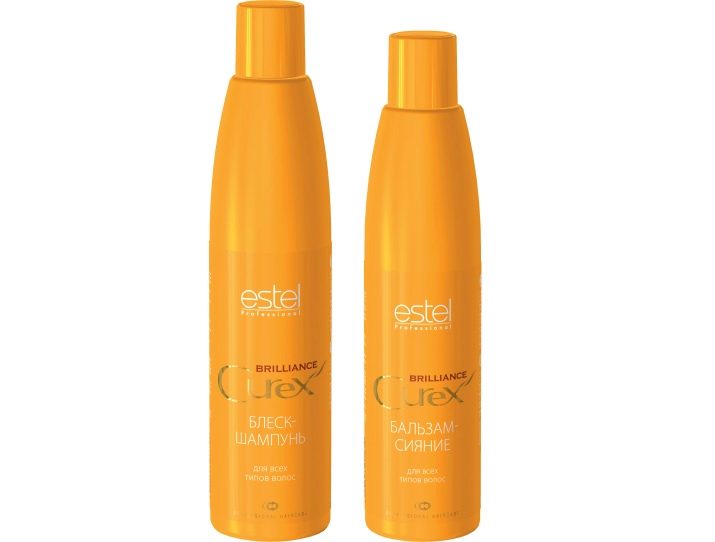
- It is advisable to dwell on products from one line. Shampoo is not enough, you need a balm to moisturize your hair, and a mask and serum for nutrition. From a lack of nutrition, strands can shine unevenly, which, in turn, will give the impression of unevenly colored hair. It is possible that the ruler will be advised by the master who performed the staining.
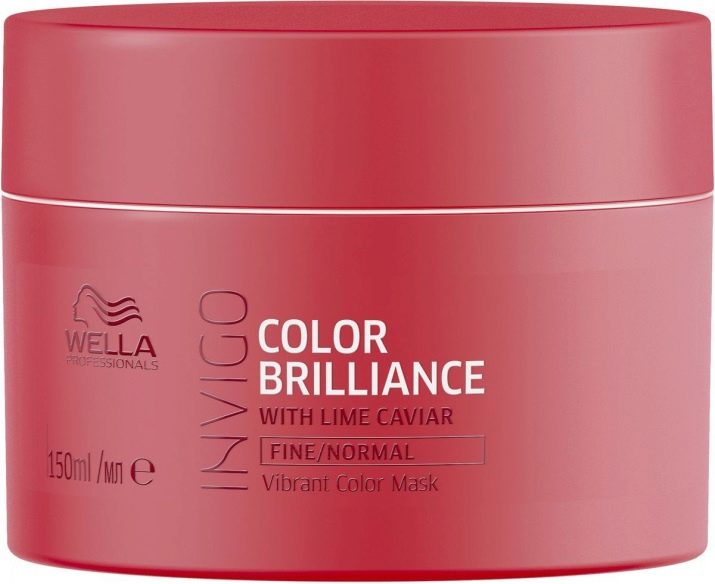
- It is advisable to use the hair mask at least once a week, and preferably twice. Porous, bleached hair simply needs to receive nutrients in order to recover. It is best to choose a complex action mask, which contains the entire spectrum of caring substances - from vegetable oils to proteins, from amino acids to keratin. The use of the mask does not negate the need for additional nourishment of the hair ends with elixirs or serums.
The composition of the funds must certainly contain exclusively natural oils.

- It is important to remember that the greater the difference between your natural hair tone and the resulting blonde, the more fragile your hair becomes. Before using a hair dryer or iron, apply thermal protection to the strands. And it is better to refrain from drying with a hairdryer for a while, until the hair is restored after lightening.

- Bleached strands need protection from everything, including the sun's rays. During periods of strong sun activity, it is necessary to use products with SPF and UV filters. They are found both in shampoos and balms and in leave-in formulations.
A cold blond turns yellow under the influence of direct sunlight, and a warm blond burns out.

- For the first time after lightening your hair, refrain from going to the pool, otherwise your beautiful blond may turn green.In the future, it is necessary to generously apply oil to the strands, it will protect against the effects of chlorinated water.

- Rinse your head periodically after washing with chamomile infusion. This simple tool perfectly refreshes the color and adds shine.

Review overview
Many of the above dyeing techniques are widely used in domestic beauty salons, and each has its own fans.
Maintaining the resulting blonde tone is not always easy, but if you follow the colorist's recommendations, you will succeed. You just don't need to choose dubious salons and craftsmen without work experience.
According to reviews, the most popular techniques today are the blonde smoky due to the fact that it does not require frequent updates, ombre, shatush and balayage - due to the beautiful transitions of shades, as well as bronzing - due to its volumetric effect and natural well-groomed appearance.
How to find the perfect blonde shade, see below.








